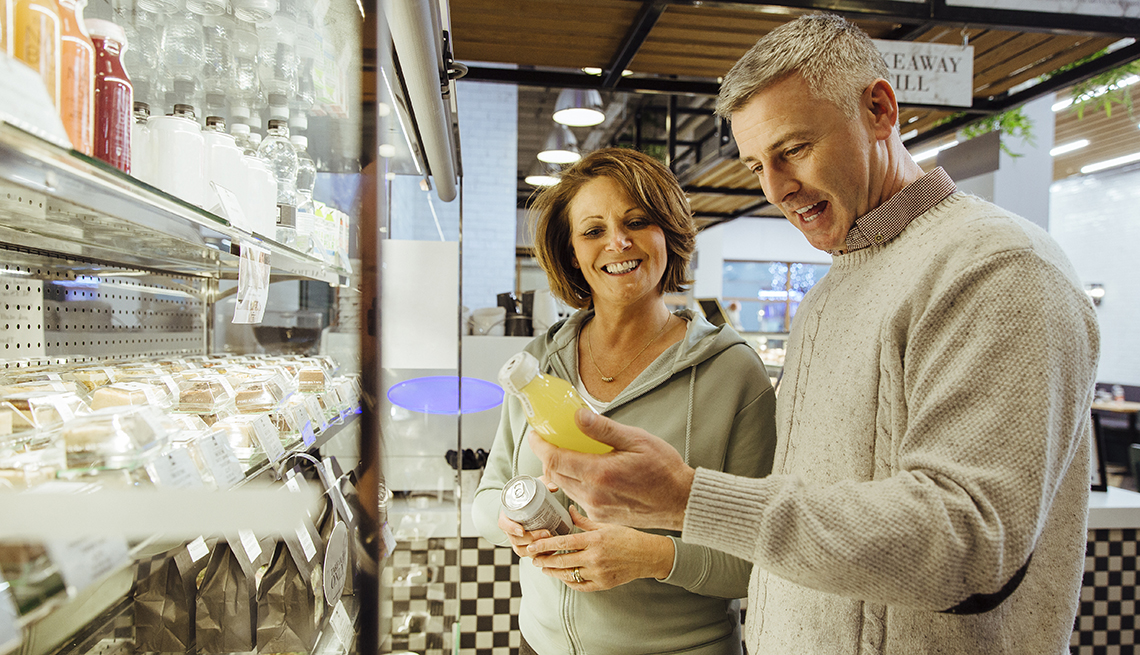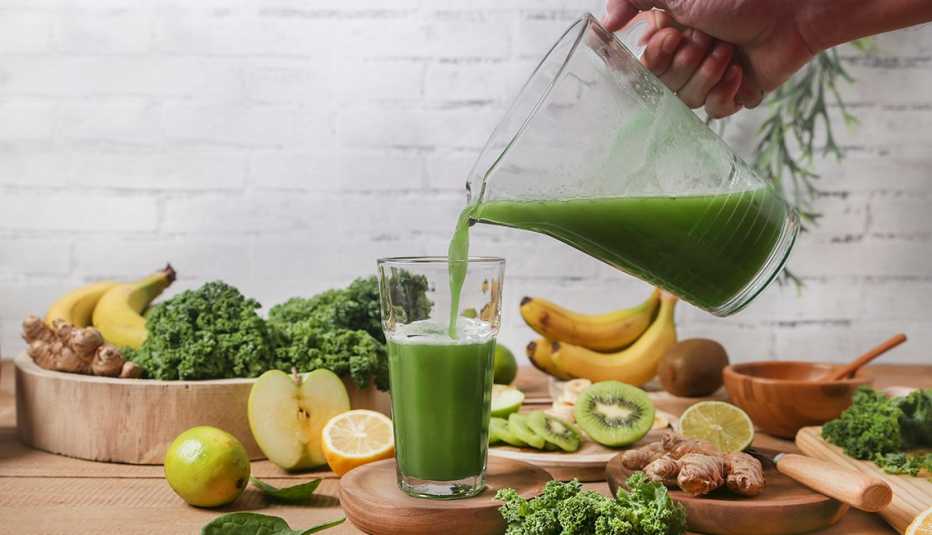Staying Fit
If you're looking to improve your diet, don't dismiss drinks. Beverages account for nearly 20 percent of the calories American adults take in, according to federal research. They also contribute more added sugar to the American diet than any other category of food, according to the Centers for Disease Control and Prevention. Unfortunately, many are misled about what drinks are actually good for them. Here's what you need to know about five frequently sipped beverages.
Juice
A glass of orange juice on your breakfast table may look like a part of a wholesome breakfast. But an 8-ounce glass provides around 100 calories and 24 grams of carbohydrates, roughly the same amount in an 8-ounce serving of Coca-Cola. Sure, they're not exactly the same — juice contains some valuable vitamins and antioxidants that soda does not. But both can send your blood sugar levels soaring, particularly if not balanced out with lower-carb, higher-protein foods.


AARP Membership— $12 for your first year when you sign up for Automatic Renewal
Get instant access to members-only products and hundreds of discounts, a free second membership, and a subscription to AARP the Magazine.
What's more, energy needs tend to decrease as we age. Juice packs a lot of calories into a small — and often very quickly consumed — serving. Your best bet? “Eat the fruit, don't drink the juice,” says Cary Kreutzer, a registered dietitian and associate clinical professor at the University of Southern California Leonard Davis School of Gerontology and Keck School of Medicine. Whole fruits like oranges, apples and berries also contain fiber, a satisfying nutrient that helps minimize a food's impact on blood sugar.
The flip side: Juices may come in handy for specific issues. Prune juice, for instance, can help relieve constipation, says Kreutzer. If you have diabetes, a small glass of juice can help bring low blood sugar back into range. If it makes sense for you to keep juice on hand, look for 100 percent fruit juices, since they won't have any added sugar.


































































